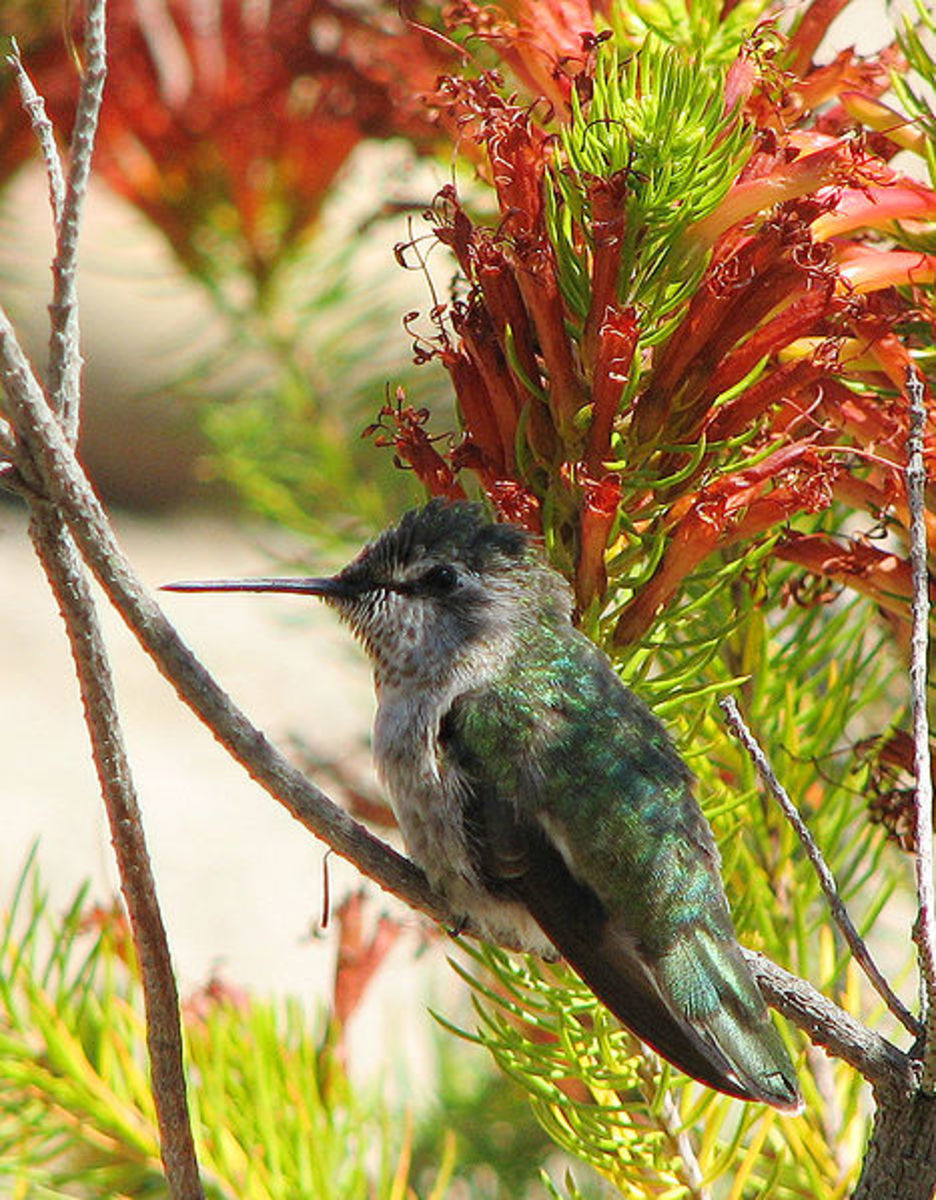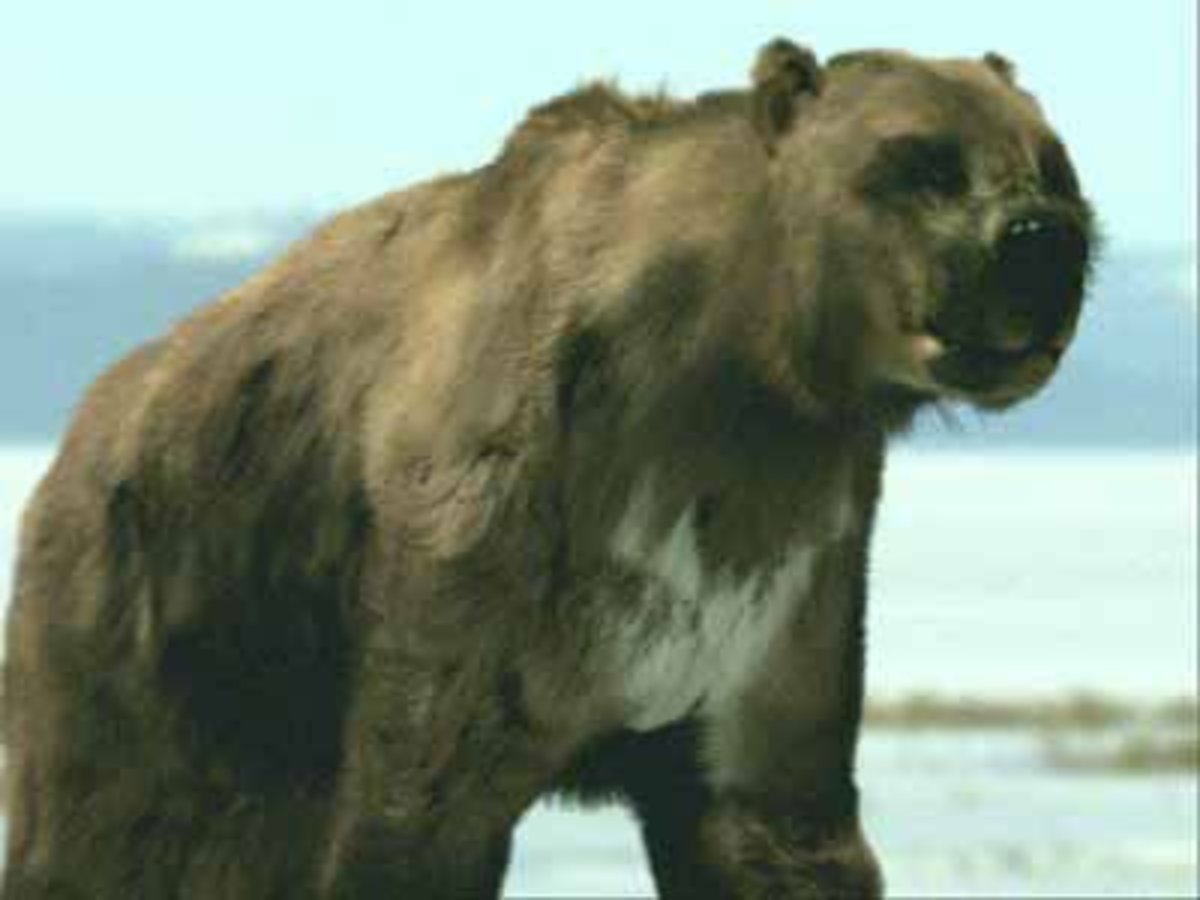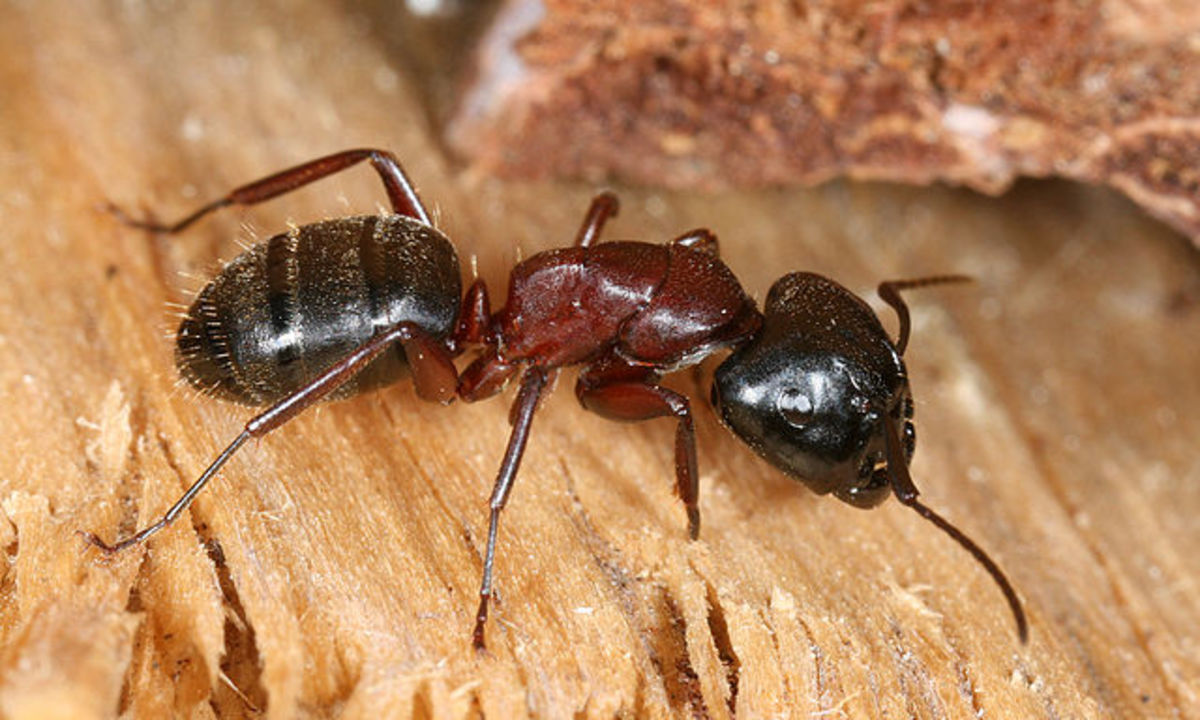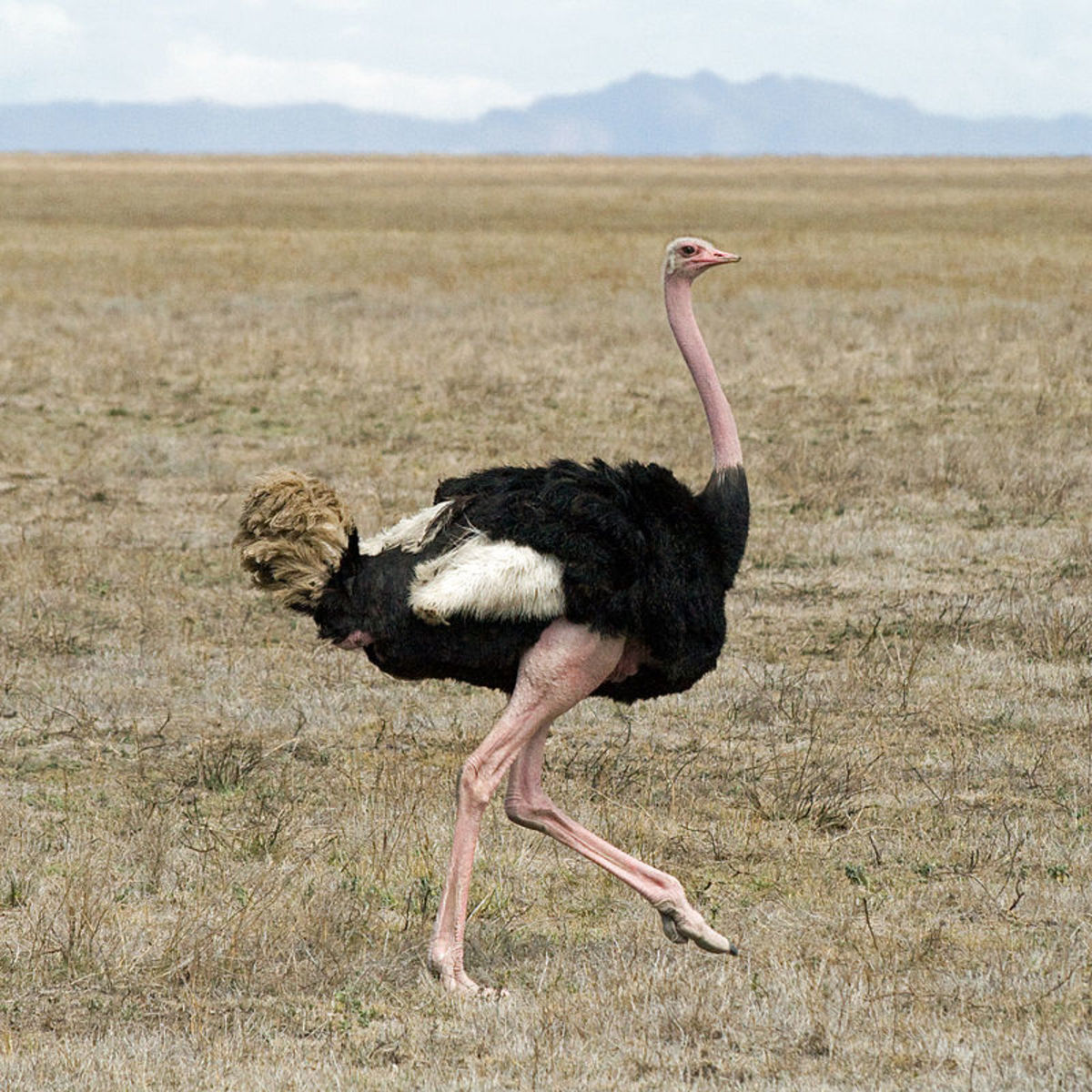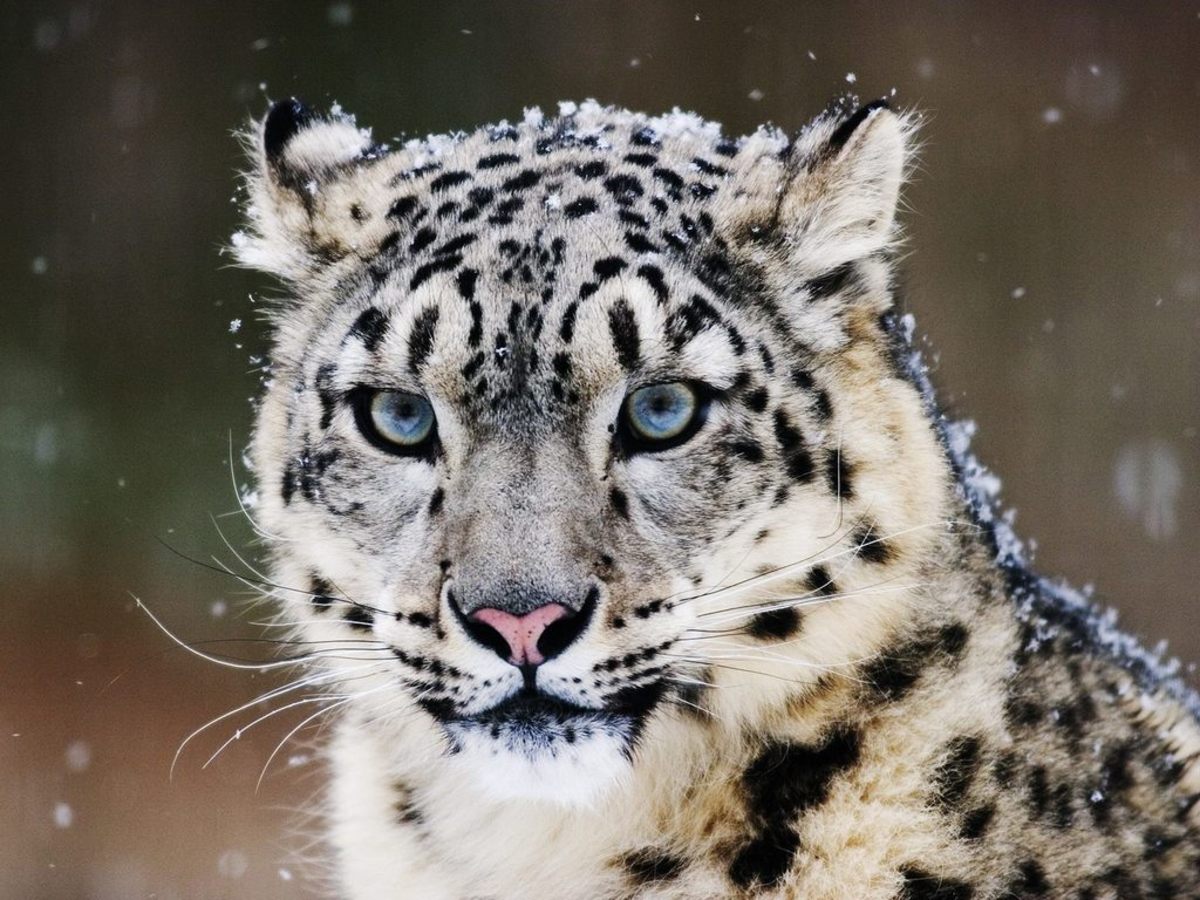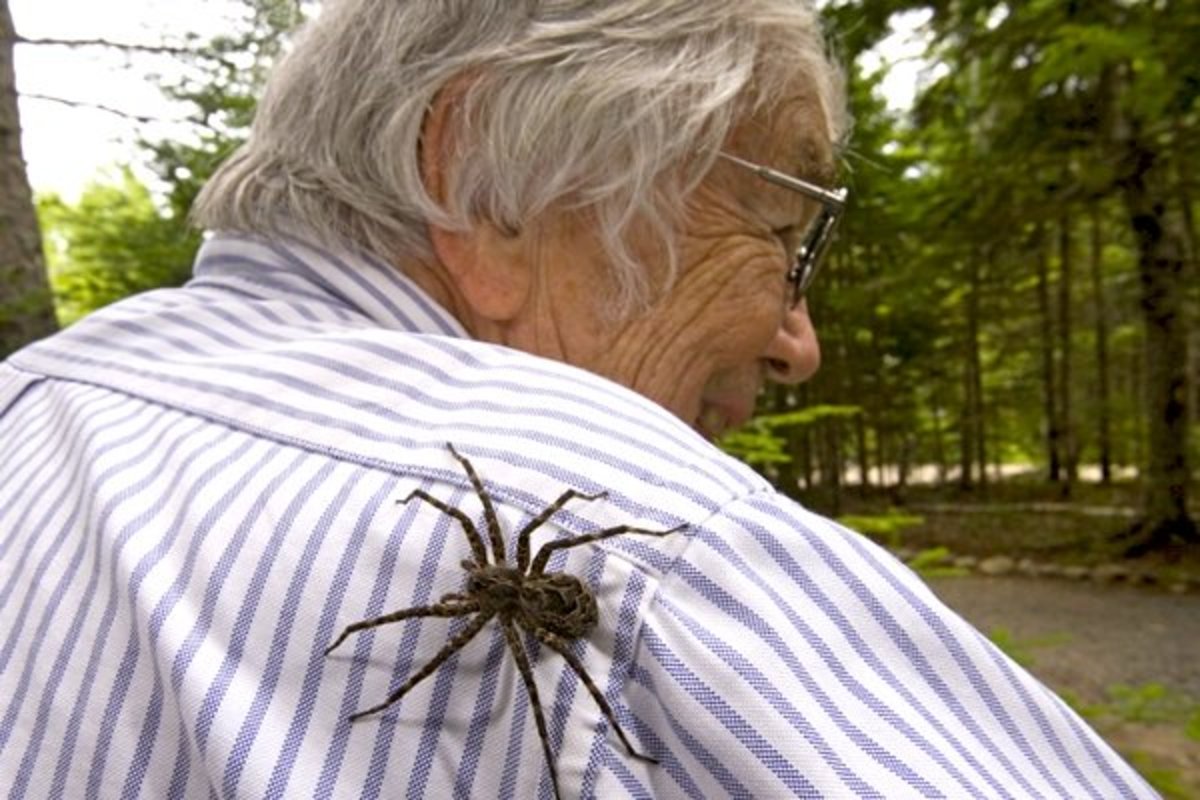Biodiversity - Amazing Newly Explored Species of 2009
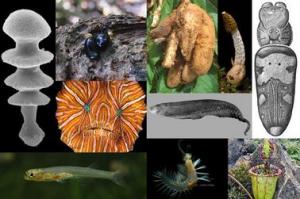
Biologists and taxonomy experts are on a constant lookout for new species and keep exploring the deep sea-floors, rainforests, mountains and deserts for drawing our attention to biodiversity. Thousands and thousands of new species get discovered every year as a result of their endeavour and reminds us of our ecosystem where we co-exist with these exotic species.
Annually, The International Institute for Species Exploration at Arizona State University announces the top ten amazing species of the previous year. The announcements are particularly made on 23rd May to commemorate the birth anniversary of Carolus Linneaus, the father of taxonomy (classification of plant and animal kingdom).
This hub discloses the amazing list of top ten newly found species.
The Top Ten Exotic Species
The top ten biodiverse species were discovered from different parts of the world and are characterized by their unique intriguing features.
1. Attenborough Pitcher - Scientific name: Nepenthes attenboroughii
This is a magnificent plant species, which produces the largest known pitchers , each as big as American football. Another interesting characteristic of this enigmatic plant species is its diet. It is a carnivore and feeds on insects and insect larvae which gets stuck in the glue-like fluid of the pitcher. The plant is known to exist only in the Philippine island of Palawan .
2. Green Bomber - Scientific name: Swima bombiviridis
This is a worm found in deep-sea water (below 1,800 metres) off the central coast of California. These worms release green bioluminescent (biochemical which gives out light) 'bombs' as a defensive mechanism. As you see in the picture below, the two elliptical bulbs near the head, which are actually modified gills are released when threatened and are implied as 'bombs'. The released organs glow brilliantly with green bioluminescence for a few seconds.
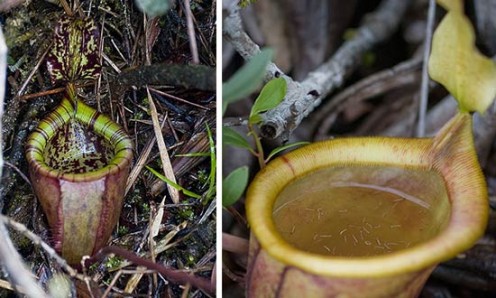

3. Minnow With Fangs - Scientific name: Danionella dracula
This is a fresh water fish, also called dracula fish which belongs to the largest family of fresh water fish Cyprinidae. Interestingly the male species have canine-like fangs to fight with other males. This is the first record of toothed-fish and these were found in a stream in Kachin State, Myanmar.
4. Golden Orb Spider - Scientific name: Nephila komaci
Largest species of the spider found in South Africa and characterized by their ability to spin the largest webs known till date, often greater than a meter in diameter.


5. Edible Yam - Scientific name: Dioscorea orangeana
Found in Madagascar, a weird-looking edible yam with 'many fingers' represents the family of Angona yams. It has a unique tuber morphology with digitated lobes instead of one in usual cases.
6. Killer Sponge - Scientific name: Chondrocladia (Meliiederma) turbiformis
Killer sponges are familiar for a while but the spinning top appearance made it one of the toplisted candidates.This carnivorous sponge is found deep under the sea.
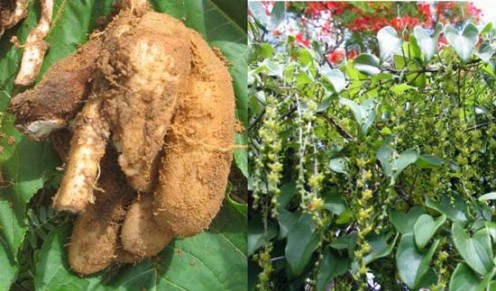
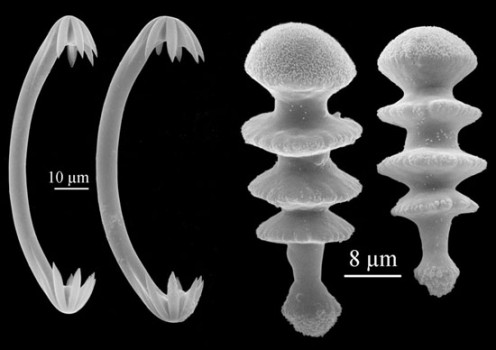
7. Aiteng Ater - Scientific name: Aiteng ater
Inhabitant of the Pak Phanang Bay in the Gulf of Thailand , these slimy slugs are exclusive in their dining habits. Unlike an usual algae or gastropod eggs diet, these species feast on insects. This discovery has resulted in a new family Aitengidae .
8. Psychedelic Frogfish - Scientific name: Histiophryne psechedelica
Found in the Indonesian waters , this frogfish has a unique flat face and psychedelic pattern . Scientists believe that these species find their way through the dark caves by sensing the edges with the splayed-out flate face.
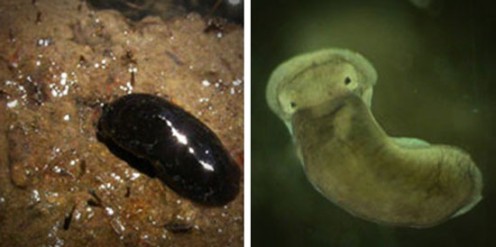
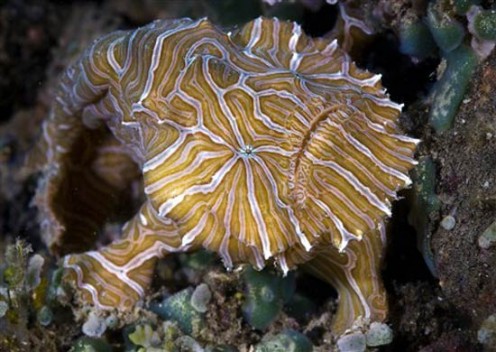
9. Two-inch mushroom - Scientific name: Phallus drewesii
This is a stink-horned fungus, found in the island of Sao Tome in Africa. Its name was given after taking due permission from the honourable scientist, Dr. Robert C. Drewes at California Academy who had spent 30 years on research and species exploration in Sao Tome, Africa.
10. Omars' Banded Knife Fish - Scientific name: Gymnotus omarorum
An Uruguyan electric fish got its name from the scientists Omar Macadar and Omar Trujillo-Cenoz who did pioneering research work in anatomy and physiology of the electrogenesis of electric eels belonging to the family Gymnotus.
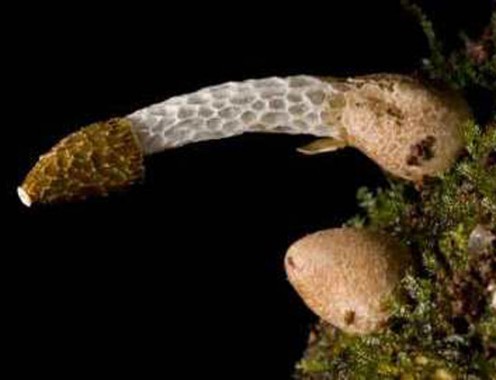
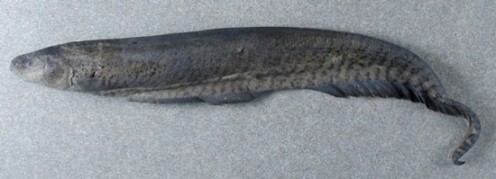
Read about the species exploration at Arizona State University
- Home | International Institute for Species Exploration
Nominate a new species for 2011 top ten list, read about the "species of the day" and support species exploration at the ASU website
Create Biodiversity Awareness
According to scientists, about 75 to 90% of the existing species on earth are still undiscovered by human beings. It is extremely essential and to the best interest of human lives that we need to explore new species, study about their unique attributes and document their features. This effort will not only allow us to know and be aware of the biodiversity around us but also serve to educate the next generation of the evolutionary history of life on earth.




